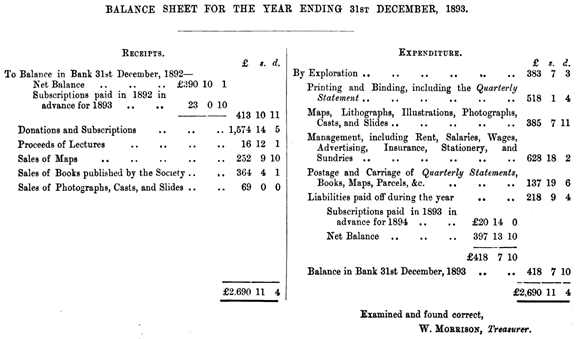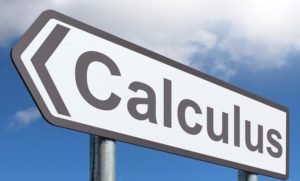A balance sheet, financial statement condition, or financial statement position is a brief of individual financial balances or organization balances. These organizations include government, partnership, private company, corporation, and nonprofit entity. It consists of liabilities, assets, and ownership equity that are listed on a specific time, like at the end of the financial year. A balance sheet is the only financial statement that has a single point in the calendar during business time. An example of a balance sheet is for a standard company that has two parts. Assets and finance are on the left, while ownership and liabilities are on the right. The major groups of assets are the first to be listed, followed in liquidity order. Let us review how to balance shit is used.
1. Determine net worth
Net worth is the wealth measured of a person, entity, corporation, countries, and sectors. It is also described as the difference between liabilities and assets. In addition, net worth is used to measure the health of the company by giving a current picture of the company’s financial position. The difference between total assets and liabilities are computed to show the richness and poor of the firm.
2. Identify possibilities
Business investors or owners are curious to know if they will make a profit from their investment. These returns may be in dividend form. Dividends are only given to firms that make profits as well as have enough retained earnings. A balance sheet is used to the remaining amount of earnings retained. You are able to determine if the organization is making retained earnings or not through looking at the balance sheet.
3. Check for future operation
Future operation is meant to improve business operation, such as adopting digital concepts. Moreover, future operations help to explore the results of an industrial revolution that is changing the current nature of business operations, and leaders’ role in all industries. A balance sheet is able to determine the future operation of the business. This is done by checking at the values of non-current assets like equipment, property, and plant. If the results are higher than current assets, it shows the business will manage the future operation. On the contrary, low totals than assets show an inability to manage future operations.
4. Check the working capital
Capital is a financial asset like funds that are put in deposit accounts or got from financial sources like banks. It is connected with a company’s capital asset, which needs a good amount of funds to expand or finance. On the other side, capital assets are assets of a long time business or current portion on the balance sheet. These include cash equivalents, cash, and production equipment, manufacturing facilities, market securities, and storage facilities. The balance sheet is used to check if sufficient business capital maintains its function. The Working capital is measured to determine the remaining capital after obligation or loan deduction. If the results are positive, it indicates the company is fine, but if it indicates negative, that means there is a risk for bankruptcy.
5. Agencies regulators
Banks do the operation with business operators. The balance sheet is used by bank operators to determine any existence of fraud or malpractices activities. Also, stock regulators use financial sheets to check misdeeds done by firms in order to get interests.
6. Creditors
Creditors use the balance sheet to understand the financial background of a company before crediting money. Relatively, a company that has strong finance will enjoy comfort or trust from the suppliers compared to a firm with less finance.




